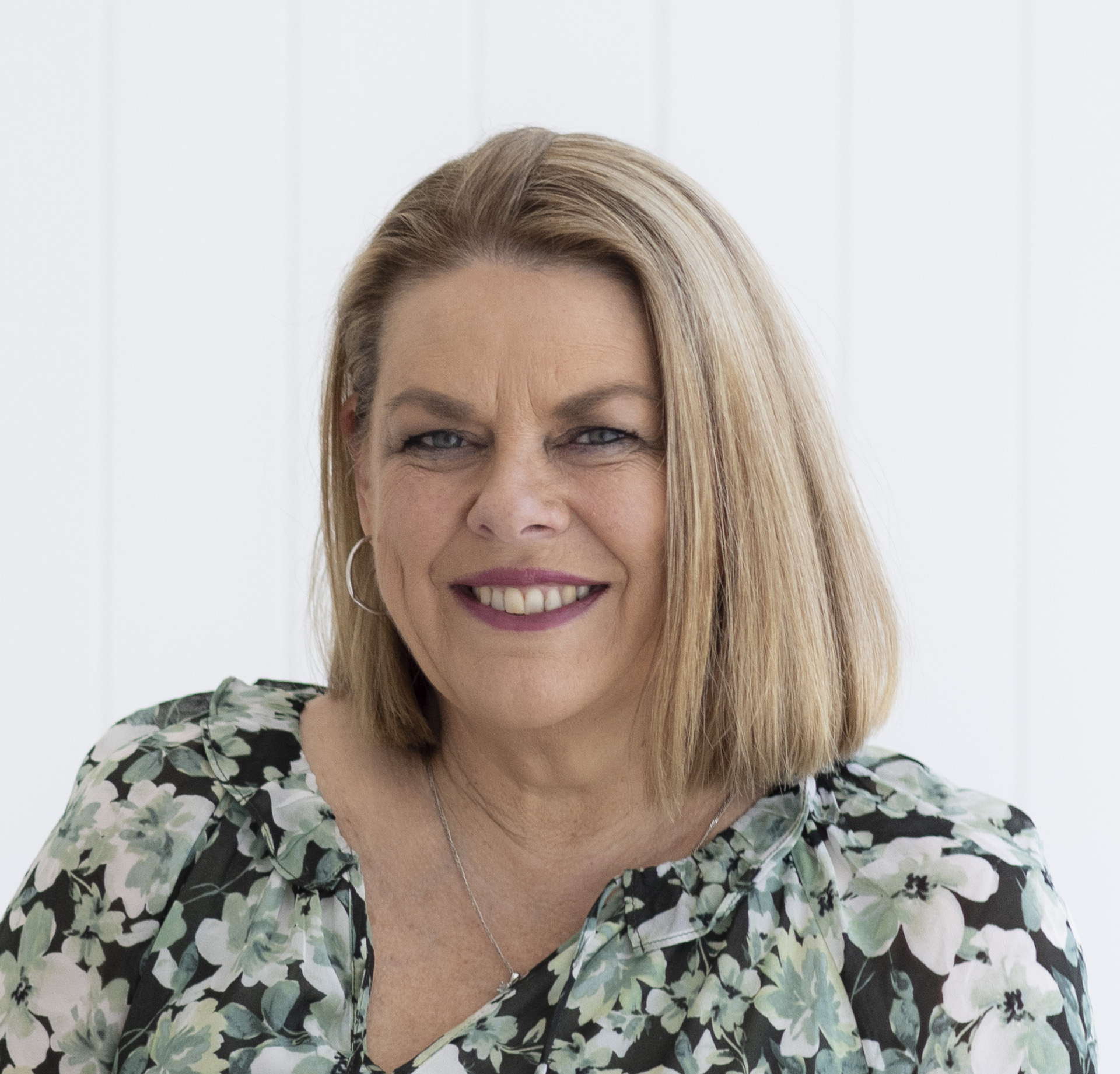With interest rates still high and increased costs of living putting pressure on the family bank account, it can be difficult to see an end to the cycle of living week to week.
One of the things that I have found over my many years of working with families, is that when money gets tight the budget gets thrown out the window.
I hear families say things such as “There is no point budgeting when there is not enough money to go around” or “how can I budget when the bills keep rising? As soon as I work out what I have to pay for groceries each week, they all go up.”
Budgeting has become the word that brings sheer terror to anyone trying to make ends meet. This is because most people don’t approach budgeting in a way that sets them up for success.
A budget is not about restricting what you can do with your money but more about controlling where your money is going.
A budget will let you prioritise what is important to you and your family and make choices about how you live your life and what you spend your money.
What is important to you?
Save first, spend second should be everyone’s mantra. But how do you do this when you are struggling to live week to week?
A well-thought-out budget will give you the knowledge and skills to find savings where you can and have the comfort that your finances are under your control.
One of the keys to maintaining control over your budget is put the money that you have set aside into separate accounts so that you are never robbing Peter to pay Paul.
Before diving into any budgeting system, you need to figure out what really matters to you and your family. Whether it’s saving for a family vacation or ensuring you have enough for your kids’ future, knowing your priorities is key to creating a budget that works.
- Tip: Take a moment to jot down your top three financial goals. Are you saving for a big trip? Want to pay off debt? Or perhaps you’re focused on building an emergency fund? Knowing your priorities helps guide your budget and keeps you motivated to stick to it.
Here are the 5 things that every budget should include.
-
Money is set aside for all those regular bills.
It is important to sit down and work out how much you pay for regular bills such as rent or mortgage payments, utility bills such as electricity water and gas, insurance costs, telephone and car registration etc. Once you know these costs on an annual basis determine how much you need to set aside each pay cycle to budget and save for these bills. For example, if your total costs were $12,000 and you were paid weekly, you would set aside $231.
- Tip: Sit down and list out all your fixed costs. Once you have the total amount for the year, divide it by your pay period (weekly, bi-weekly, etc.). For example, if you owe $12,000 annually, that’s $231 a week. Transfer that amount into a separate account just for your bills, so you don’t have to worry about it.
-
Set aside money for an Emergency Fund or as I call it the OMG account.
An OMG account is the money that you put aside for unexpected expenses so that when something pops up like the car or the fridge breaks, you don’t turn to credit to fund the payment. Turning to credit in tough times actually puts you under more financial stress rather than solving the problem at hand.
I always say you should aim to have somewhere between 3 and 6 months of monthly expenses in your OMG account, and the quicker you get this in place, the more comfortable you will be. Look around your home for things that you no longer need that you can sell to kick start this account.
But remember your OMG account is for emergencies only not to fund a shortfall in day to day living costs. I always suggest that you write a set of rules of when you will allow yourself to access the fund and stick to the rules.
- Tip: Aim to save between three to six months’ worth of expenses for emergencies. Start small if needed, and even consider selling unused items around your home to kickstart your fund. Make sure to keep it in a separate account and only use it for true emergencies—like a car repair or medical bill.
-
Short-term and long-term savings is next
It is important to ensure that your budget sets a regular amount aside for those long-term and short-term goals that you and your family want to achieve.
The key here is to set small amounts aside on a regular basis rather than trying to find larger amounts all at once when needed. This could be an annual holiday or maybe you know that you will need a new car in a few years’ time.
These savings accounts will not only give you enjoyment such as the family holiday but also stop you turning to short term lending which is not great for the family budget.
- Tip: Set up automatic transfers into a savings account for your goals—whether it’s short-term (a holiday) or long-term (retirement). Start with small, manageable amounts. Even $10 or $20 a week adds up over time. You’d be surprised how quickly you can save for something big.
-
Saving for the nice things in life
This is money that should be set aside for all those expenses that are part of the budget but generally not on a day to day or even a week-to-week basis. Things like weekends away, a night out without the kids, clothes, shoes or the hairdresser.
By setting money aside for all these costs that are part of life you have the comfort that the money is there when needed.
- Tip: Set aside money each week for fun things. It doesn’t have to be a lot; even $20 a week adds up to $1,000 over the year. This gives you the freedom to enjoy life without feeling guilty. And by planning ahead, you ensure these pleasures won’t mess with your other financial goals.
-
Lastly, an account for the day-to-day costs
I have deliberately made this step the last on the list because this is the one that you have the most control over and the one that you can make changes when needed the quickest.
This account is for the costs that you have from one payday to the next. It is designed to take control of your money so that you don’t have to ever worry about whether you have over spent or not. What is in this account is what is left after ensuring you have “paid” everything else.
But when money is tight how do you make this account work for you?
What if this doesn’t leave me with enough money to pay for my groceries?
Well, that is what a great budget is for.
Go back and look at the costs in your regular bills account and see where you can negotiate or reduce your costs. The flow on will be more in your everyday spending account.
Look at your spending habits.
This is one area of your life where you really do have control. Be honest here. Are you only buying non-perishable items when on sale or can you purchase less convenience type products or meal planning to take advantage of on sale food items?
- Tip: Start by tracking every purchase for a month. Where are you overspending? Could you meal plan more effectively or buy in bulk to save money? Adjusting small habits, like choosing non-perishable items on sale or cutting back on take-out, can help make your budget work harder for you.
Tips for Stretching Your Budget
If your everyday expenses are eating up more of your income than you’d like, look at your regular bills and see where you can cut back. Some bills, like insurance or phone plans, can be renegotiated, while others (like subscriptions) can be canceled altogether.
- Tip: Reach out to your utility providers, insurance companies, and even your mortgage lender. A lot of companies will work with you if they know you’re struggling. Also, take a look at your subscriptions—cancel anything you’re no longer using, whether it’s streaming services, gym memberships, or even magazine subscriptions.
Don’t forget to examine your spending habits. Are you buying convenience foods or splurging on take-out? Could you save money by meal planning or cooking more at home?
- Tip: Cutting back on unnecessary purchases doesn’t mean depriving yourself—it’s about making small, conscious choices. Instead of grabbing take-out on a busy night, try prepping a few meals in advance. Over time, those little savings will add up.
A Budget is Like an Iceberg
Imagine your budget is like an iceberg. The big-ticket items—like buying a new car or saving for a down payment—are obvious, but most of your savings will come from those little, everyday changes that often go unnoticed. It’s these small adjustments that make the biggest difference in the long run.
- Tip: Use a budgeting tool or app that helps you see where your money is going. A good app can break down your spending, track your progress, and help you make changes on the fly. It’s all about finding a system that works for you, so budgeting becomes a natural part of your routine.
My Top Tip: Use an Interactive Budgeting Tool
Budgets can be intimidating, but an interactive budgeting tool can make everything easier. These tools allow you to adjust your budget in real-time, which is a lifesaver when life changes unexpectedly. Instead of feeling overwhelmed, you’ll have a clear picture of where your money is going and can adjust as needed.
- Tip: Find an app or tool that works for you. Look for features like automatic tracking of your spending, visual progress indicators, and simple categorization of expenses. A good budgeting tool makes managing your finances feel more like a game and less like a chore.
The key is making small, intentional changes that add up over time and having the flexibility to adjust when needed. You’ve got this!
With a little bit of tweaking and a lot of honesty, you will be able to manage through these times – I promise!

Jen Richardson is the founder and sole director of successful financial services’ company 123 Financial Group.
She is an exceptional accountant, financial adviser, mortgage broker and money coach with over 30 years’ experience in the financial services industry.
Jen is also a dynamic and down-to-earth person who is widely respected for her common sense and real-life approach to money, which clients often describe as a breath of fresh air.
Through her latest ventures – digital training platforms Got Money Honey and the Business Growth Academy – Jen is now sharing her invaluable experience and wisdom with the women and small business owners of Australia.
She is passionate about ensuring people have the confidence, tools and know-how to build financial security and freedom for the future: freedom from worry, freedom of choice, and freedom to live their best lives.
Jen Richardson
Got Money Honey
https://jenrichardson.co/got-money-honey/
Personal Finance Courses for Women
My Money Makeover – https://jenrichardson.co/my-money-makeover/
The Female Financial Literacy Blueprint – https://jenrichardson.co/female-financial-literacy-blueprint/









